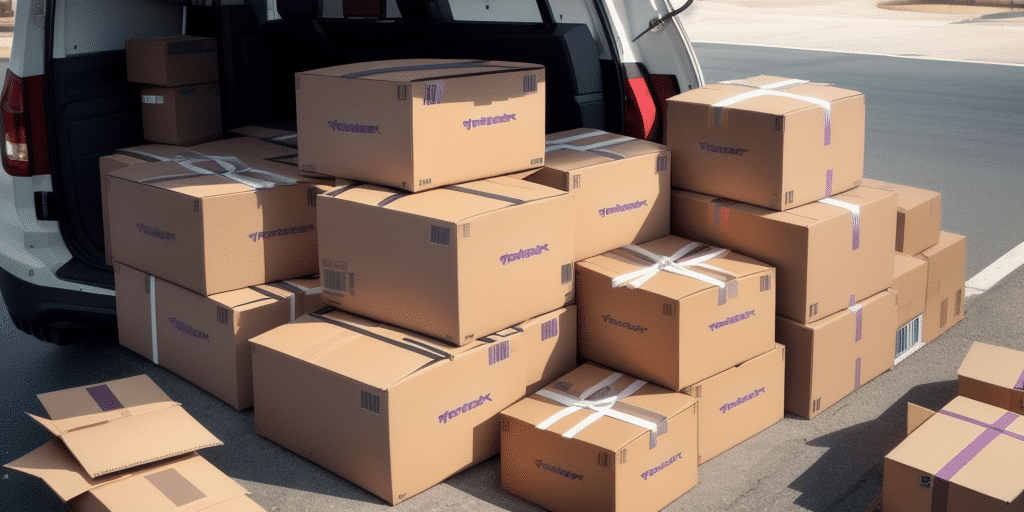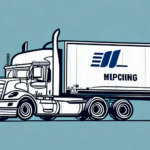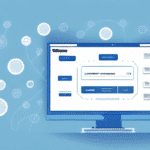Announcing the End of Support for FedEx Ship Manager Server v10
FedEx recently announced the end of support for FedEx Ship Manager Server v10, its widely used shipping software solution. This decision has significant implications for businesses that rely on this software for their shipping operations. In this article, we delve into the impact of this announcement, explore alternative solutions, and provide guidance on migrating to new shipping software.
Understanding FedEx Ship Manager Server v10
What is FedEx Ship Manager Server v10?
FedEx Ship Manager Server v10 is a comprehensive shipping software solution designed to streamline and manage shipping processes for businesses. It enables users to create shipping labels, manage shipments, track packages, and integrate with other business systems such as inventory management and CRM software. This integration helps businesses enhance efficiency and reduce operational costs.
Importance in the Logistics Industry
Since its release in 2008, FedEx Ship Manager Server v10 has become an essential tool for numerous businesses, providing a unified platform to handle all shipping needs. Its robust features and seamless integration capabilities have made it a preferred choice for companies aiming to optimize their shipping operations.
Implications of End of Support
What Does the End of Support Mean?
The end of support for FedEx Ship Manager Server v10 means that FedEx will no longer provide updates, maintenance, or technical support for the software. This cessation can lead to various challenges, including security vulnerabilities, performance issues, and compatibility problems with newer systems.
Risks of Continuing to Use v10
Continuing to use unsupported software poses significant risks. Without regular updates, the software may become incompatible with other business systems, leading to disruptions in shipping operations. Additionally, the lack of security patches can expose businesses to potential data breaches and cyber threats.
Available Alternatives to FedEx Ship Manager Server v10
ShipStation
ShipStation is a cloud-based shipping software that offers a user-friendly interface, automated order importing, and the ability to print shipping labels for multiple carriers, including FedEx. It integrates seamlessly with popular e-commerce platforms like Shopify, WooCommerce, and Amazon, making it an excellent choice for online businesses.
Learn more about ShipStation on their official website.
Shippo
Shippo is another robust shipping software solution that provides features such as rate comparison from multiple carriers, automated tracking updates, and batch label printing. Its intuitive interface and comprehensive feature set make it ideal for businesses handling a high volume of shipments.
Discover more about Shippo on their official website.
Preparing for the Transition
Choosing the Right Shipping Software
Selecting a new shipping software requires careful consideration of your business needs, including shipping volume, integration requirements, and budget. Evaluate different options by comparing their features, pricing models, and customer support services to find the best fit for your organization.
Migration Steps
- Data Backup: Ensure all shipping data is backed up before initiating the migration process.
- Data Migration: Transfer your existing data to the new software, ensuring accuracy and completeness.
- Employee Training: Train your staff on how to use the new software effectively to minimize disruptions.
- System Integration: Integrate the new shipping software with your existing business systems for seamless operations.
Ensuring Security and Compliance
When migrating to a new shipping software, it's crucial to ensure that the solution complies with industry standards and data protection regulations. Choose software that offers robust security features such as data encryption, secure access controls, and regular security updates.
Benefits of Upgrading to New Shipping Software
Enhanced Features and Functionality
Modern shipping software solutions offer advanced features like real-time tracking, automated workflows, and comprehensive reporting tools. These enhancements enable businesses to manage their shipping processes more efficiently and make informed decisions based on accurate data.
Improved Security
Upgrading to a new shipping software ensures access to the latest security protocols and updates, safeguarding your business against potential cyber threats and data breaches. This is particularly important for maintaining customer trust and complying with data protection regulations.
Better Integration Capabilities
Newer shipping software solutions provide better integration with various business systems, including e-commerce platforms, inventory management, and accounting software. This seamless integration helps streamline operations, reduce manual errors, and improve overall business efficiency.
Conclusion: Moving Forward with Updated Shipping Solutions
The end of support for FedEx Ship Manager Server v10 marks a pivotal moment for businesses relying on this software for their shipping operations. By transitioning to a modern shipping software solution, businesses can enhance efficiency, improve security, and stay competitive in the ever-evolving logistics landscape. Proper planning and execution of the migration process will ensure a smooth transition and set the stage for continued operational success.
Frequently Asked Questions
When did support for FedEx Ship Manager Server v10 end?
Support for FedEx Ship Manager Server v10 ended on May 31, 2021.
What are the risks of continuing to use FedEx Ship Manager Server v10 after support ends?
Using unsupported software can lead to security vulnerabilities, performance issues, and incompatibility with other systems, potentially disrupting shipping operations and exposing your business to data breaches.
What alternatives are available for businesses?
There are several alternatives, including ShipStation, Shippo, and other cloud-based shipping solutions that offer advanced features, better security, and seamless integration with various business systems.
How can I ensure a smooth transition to new shipping software?
To ensure a smooth transition, create a detailed migration plan, back up your data, train your employees on the new software, and choose a solution that integrates well with your existing systems.
Will I need to update my hardware or operating system to use new shipping software?
It depends on the specific software you choose. Some cloud-based solutions require minimal hardware updates, while others might have specific system requirements. Always check the system requirements before making a decision.






















